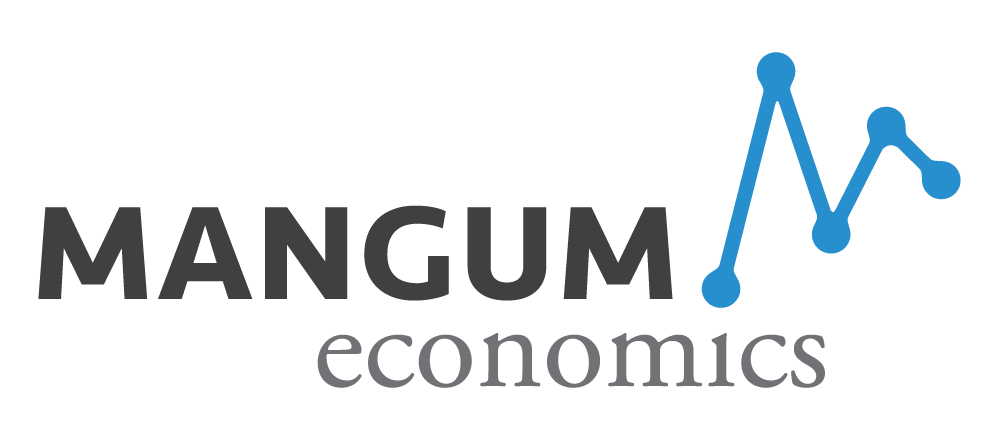The International Data Corporation estimates that there were 15 billion Internet of Things (IoT) endpoints at the end of 2016. They expect the number of connected items to grow to 82 billion by 2025. Spending on IoT reached $737 billion at the end of 2016. By 2020 the amount invested in IoT is expected to be $1.3 trillion. The major investing industries are manufacturing, transportation and utilities. Economic developers often consider IoT to be a hot prospect.
But a new report from Cisco Systems reveals that the pursuit of the IoT reward comes with a lot of risk. "Sixty percent of IoT initiatives stall at the Proof of Concept stage and only 26 percent of companies have had an IoT initiative that they considered a complete success." Interestingly, even the 26% success number is highly uncertain -- 35% of IT executives thought that their IoT projects were complete successes, while only 15% of business executives thought that their IoT projects were complete successes. One-third of projects got all the way to completion and were still considered failures.
The Cisco report offers key findings that, frankly, are not different from lessons learned from primitive enterprise initiatives. For example: human factors matter, cooperation improves the likelihood of success, successes offer payoffs, failures offer lessons for the future. (Cue Casablanca clip.)
One of the lessons for the future from these failures for economic developers is that the cool IoT business that you attract today may being laying off employees in the not so distant future. When a locality attracts a business, especially if there are incentives and workforce programs implemented in the process, it is investing in the business along with the owners of the company. Considering the risk of the business (along with the trendiness of the buzzword) is important.
The internet is here to stay and IoT is clearly the wave of the future. But there are a lot of rough seas and wrecks ahead for IoT investors, including employees and communities.

